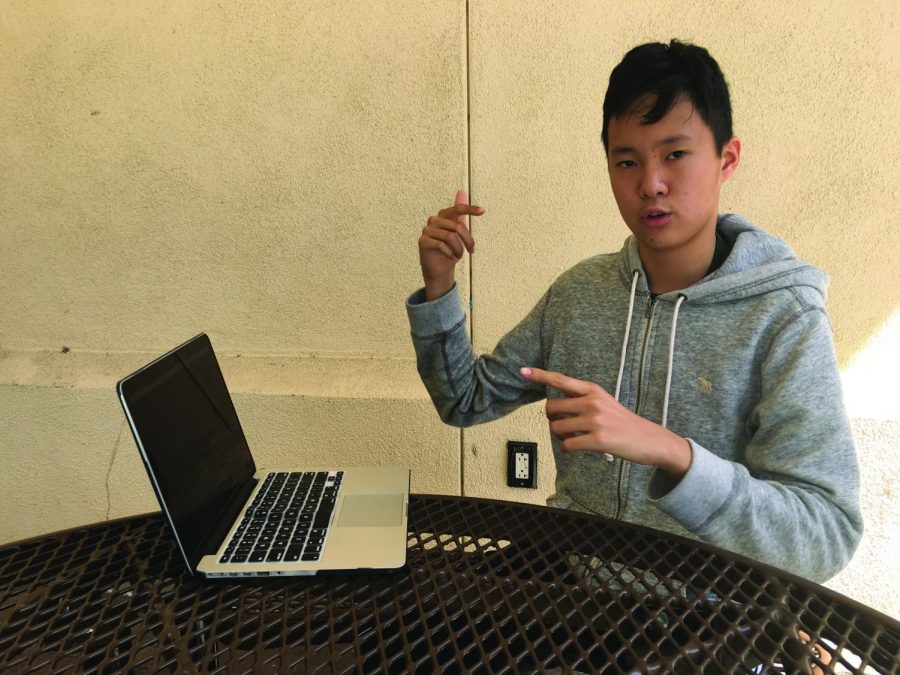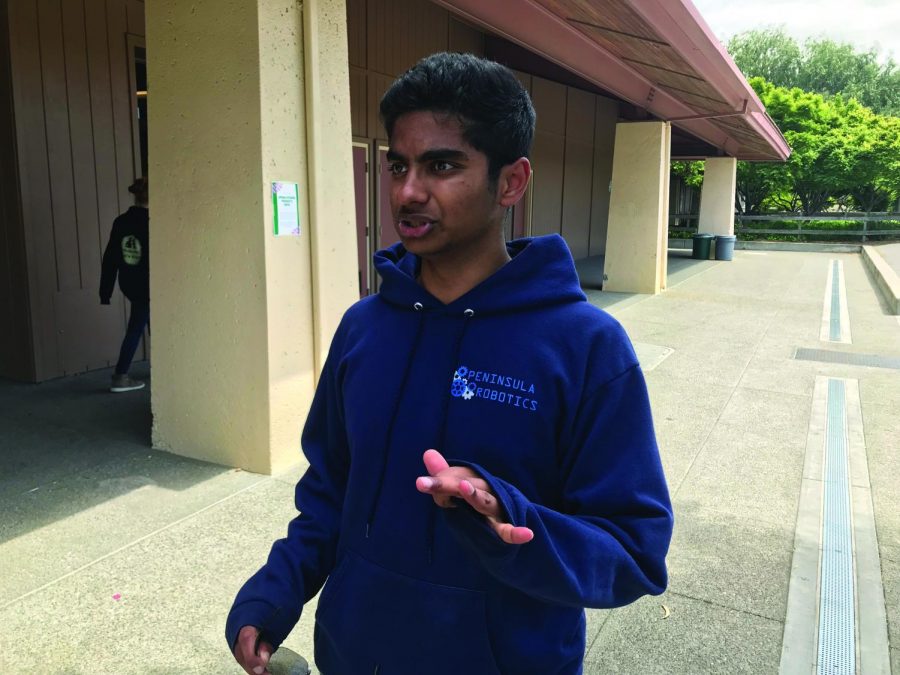Student Researchers
Generative machine learning

Franklin Wang, Class of 2022, has spent the past couple years exploring generative machine learning models, which attempt to generate their own spin on products of human creativity like speech and music. His work includes synthesizing song lyrics, reconstructing three-dimensional models out of two-dimensional images and superimposing art styles on top of other pictures.
Wang is quick to emphasize that much of his work is in an incomplete state. For example, despite spending two years on a program to automatically compose music, “I never really got it to fully work,” Wang said.
He claims that hilarity sometimes ensues, especially with his lyrics generator’s tendency to converge to a specific phrase.
“’I’m never gonna give you up; I’m never gonna let you down,” Wang reads from one of the program’s outputs, but eight lines later has it “just repeating ‘I want to be a little girl.’”
4D printing

While 3D printing has become a household phrase, the bleeding edge of additive manufacturing is one step — or rather, one dimension — ahead. According to senior Kaushik Seshadri, not only does 4D printing seek to produce an object with any desired three-dimensional shape, but one which, when exposed to an external stimulus, achieves a different shape at a different point in time. A combination of the right material and the right stimulus is required for such an effect. Seshadri, who is studying the newly developed process for his Advanced Authentic Research project, is working to find existing combinations.
“I have one model that uses an alloy of nickel and titanium, which bends when you heat it,” Seshadri said.
Because the cost of 4D printing technology limits more intensive exploration, Seshadri has reached out to industry leaders at the National Aeronautics and Space Administration and Massachusetts Institute of Technology to understand the technique.
“I am doing a lot of literature review and consolidation,” Seshadri said.
